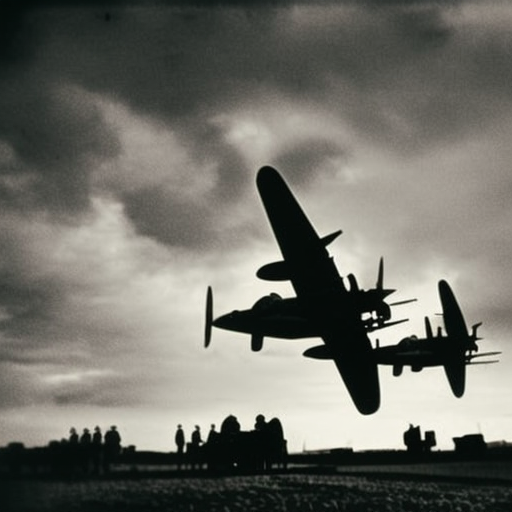Battle of Britain: The Turning Point in World War II
The Battle of Britain was a crucial air campaign fought between the British Royal Air Force (RAF) and the German Luftwaffe during World War II. Lasting from July to October 1940, the battle marked a turning point in the war, as it prevented Germany from gaining air superiority over Britain and halted their plans for invasion.
Background: After the fall of France in June 1940, Hitler turned his attention to Britain. He believed that by destroying the RAF and conducting a massive bombing campaign, he could force Britain to surrender or agree to a peace settlement. The Luftwaffe, under the command of Hermann Göring, began a series of attacks on British airfields, radar stations, and cities.
The Battle Begins:
The Blitz: The German bombing campaign, known as the Blitz, targeted major cities such as London, Coventry, and Birmingham. The goal was to destroy British morale and infrastructure. However, the British people showed remarkable resilience and determination, and despite heavy casualties and damage, they refused to surrender.
The RAF’s Defense: The RAF, led by Air Chief Marshal Hugh Dowding, employed a defensive strategy known as “The Big Wing.” This involved concentrating their fighter aircraft in large formations to intercept and engage the Luftwaffe. The RAF’s radar system, known as Chain Home, played a crucial role in detecting incoming German aircraft and enabling the RAF to respond effectively.
The Turning Point:
The Battle Intensifies: As the battle progressed, the Luftwaffe shifted its focus from attacking airfields to targeting London and other major cities. This change in strategy allowed the RAF to regroup and repair damaged airfields, giving them a much-needed respite.
The Importance of Radar: The RAF’s radar system was instrumental in their success. It provided early warning of incoming enemy aircraft, allowing the RAF to scramble their fighters and intercept the Luftwaffe before they reached their targets. This gave the RAF a significant advantage in the battle.
The Failure of the Luftwaffe: Despite their initial successes, the Luftwaffe failed to achieve their objectives. The RAF’s determined defense, combined with the effectiveness of radar and the resilience of the British people, prevented the Luftwaffe from gaining air superiority. This forced Hitler to postpone his plans for invasion indefinitely.
The Aftermath:
The Legacy of the Battle: The Battle of Britain was a significant turning point in World War II. It demonstrated that Hitler’s forces were not invincible and boosted British morale. It also marked the first major defeat for the Germans and showed that they could be stopped.
The Importance of Air Power: The battle highlighted the crucial role of air power in modern warfare. It emphasized the importance of having a strong air force and effective radar systems for early warning and defense.
The Impact on the War: The outcome of the Battle of Britain prevented Germany from gaining control of the skies over Britain. This allowed the Allies to launch the D-Day invasion in 1944 and ultimately led to the liberation of Western Europe from Nazi occupation.
In conclusion, the Battle of Britain was a pivotal moment in World War II. The RAF’s successful defense against the Luftwaffe prevented Germany from gaining air superiority and halted their plans for invasion. The battle showcased the importance of air power and radar systems in modern warfare and boosted British morale. Ultimately, the Battle of Britain marked a turning point in the war and set the stage for the eventual Allied victory.












